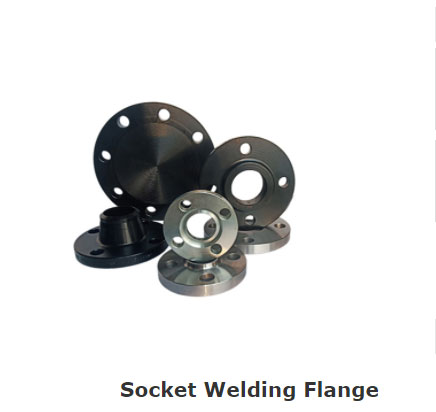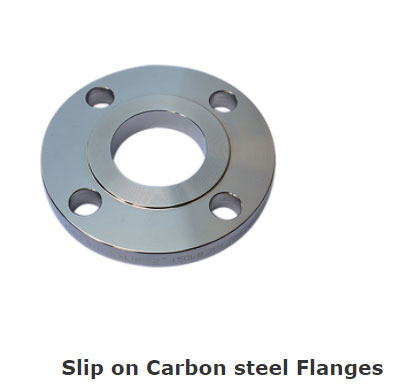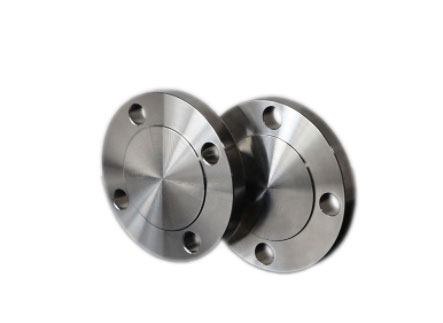Flanges are not a one-size-fits-all solution. Size aside, matching the ideal flange design to your piping system and intended use will help ensure reliable operation, long service life and optimal pricing. The following are the most common types of flanges available.

Ideal for smaller pipe diameters in low temperature and low pressure situations, socket weld flanges have a connection feature that allows you to place the pipe into the flange and then secure the connection using a single multi-pass fillet weld. This makes this type easier to install than other weld flange types, while avoiding the limitations associated with threaded ends.
Also known as a threaded flange, this type has a thread in the flange bore that mates with a matching male thread on the pipe or fitting. Threaded connections mean you can avoid welding in many use cases. Simply match the threads to the pipe you are connecting.

Slip-on flanges are very common and are available in a variety of sizes to accommodate systems with higher flow rates and throughput. Simply match the flange to the outside diameter of the pipe you want to connect. The installation technique is slightly more complex as you will need to fillet weld on both sides to secure the flange to the pipe.
Using a two-piece design, the lap flange requires butt welding the short pipe end to the pipe or fitting and using a backing flange to create the flange connection. This design makes this style popular for systems where physical space is limited or where frequent disassembly and maintenance is required.
Like lap joint flanges, butt weld flanges require butt welds for installation. However, their integrity, performance in systems with multiple repetitive bends, and their ability to be used in high pressure and high temperature systems make them the primary choice for process piping.

Blind flanges are used to terminate or isolate piping systems and are essentially blank discs that can be bolted together. When properly installed and used in combination with the correct gasket, they provide an excellent seal and are easily removable when needed.
The flange types listed above are the most common. However, there are a range of additional specialty flange types available to suit a variety of uses and environments. Other options include nipoflanges, weldoflanges, expansion flanges, orifices, long weld necks and reducer flanges.
Come to UNITED INDUSTRIAL ENTERPRISE, a leading factory in China which specialized in producing and exporting various pipes and pipe fittings. We have carbon steel pipe coupling for sale.